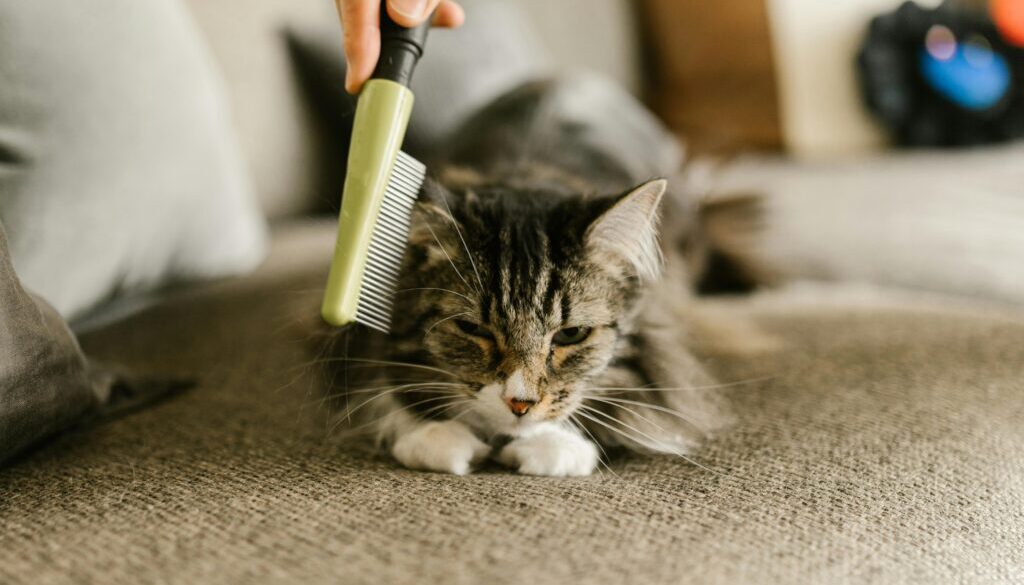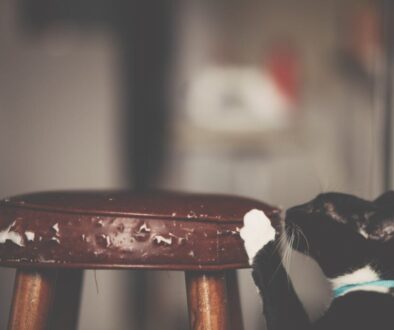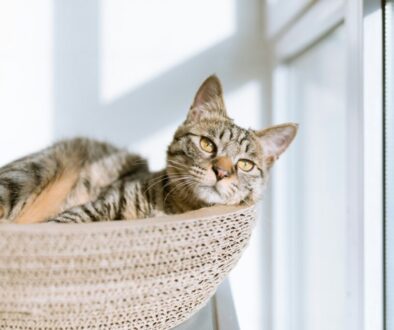Why Is My Cat Shedding So Much? Understanding Seasonal Fur Loss
Every spring, like clockwork, I find myself gently plucking tufts of fur off the sofa cushions, my jumper, and—let’s be honest—my tea. If you live with a cat, you probably know the feeling. One minute their coat looks sleek and smooth, and the next you’re wondering if it might be quicker to knit a second cat with all the extra fluff floating about.
But don’t worry—this time of year, a bit of flying fur is completely normal. Let’s take a closer look at why cats shed, when it’s something to keep an eye on, and how to help your feline friend stay comfy during shedding season.
The Science Behind Shedding
Cats shed to get rid of old, damaged, or dead fur. It’s part of how they maintain a healthy coat. In the wild, this process is influenced by the amount of daylight and temperature—so as the days get longer and warmer (even in Coylton!), cats naturally lose their thicker winter coats to prepare for summer.
Indoor cats are a little different. Because they live in artificial lighting and relatively stable temperatures all year round, they tend to shed more consistently—but they often still go through a noticeable spring shed as their internal clock responds to subtle seasonal changes.
What’s Normal… and What’s Not
While a bit of extra fluff is expected, not all shedding is equal. Here’s what to look for:
Normal seasonal shedding:
-
A steady loss of fur, especially undercoat
-
Some increase in grooming
-
Fur still looks even and healthy overall
Potential warning signs:
-
Bald spots or patchy hair loss
-
Red or irritated skin
-
Excessive scratching or licking
-
Dandruff or a dull coat
-
Behavioural changes, like hiding or seeming uncomfortable
If you spot any of these, it’s worth giving your vet a call. Sometimes excessive shedding can point to allergies, parasites, stress, or an underlying health issue.
Breed and Coat Type Matter
Some breeds shed more than others, and coat type makes a big difference. Long-haired cats like Maine Coons or Ragdolls have thick undercoats that shed in clumps, while short-haired cats tend to drop their fur more evenly (but more frequently). Even hairless breeds like Sphynx cats go through skin changes that need care.
Breeds like Bengals or Russian Blues tend to shed less, but no cat is entirely “shed-proof.” Every kitty goes through their own version of the seasonal moult.
Helping Your Cat Through Shedding Season
You can’t stop the fur from flying, but you can help your cat stay comfortable:
-
Brush regularly: For short-haired cats, 1–2 times a week is usually enough. Long-haired cats often need daily brushing. It helps remove loose fur, prevents matting, and is a great way to bond.
-
Choose the right tool: Slicker brushes, de-shedding combs, and grooming gloves each work best for different coat types.
-
Support from the inside out: A healthy diet rich in omega-3s, proper hydration, and low stress all contribute to a glossy, healthy coat.
If your cat’s new to grooming, start slowly and pair it with treats. Make it feel like pampering, not a chore.
Managing Fur in the Home
Of course, shedding doesn’t just affect your cat—it affects your carpet, your cushions, and your clothes. Here are a few quick tips for coping with the fluff:
-
Keep a lint roller (or three) handy
-
Use washable throws on favourite cat spots
-
Vacuum with a pet-specific filter or brush attachment
-
Consider an air purifier if you or your guests suffer from allergies
A bit of prep goes a long way when your home starts looking like a fur factory.
In Conclusion: It’s Just That Time of Year
Shedding is one of those small but natural parts of life with a cat. While it can be a little messy, it’s also a sign that your cat’s body is working exactly as it should—responding to the world around them.
So next time you find a trail of fur on your pillow or a floating puffball caught in a sunbeam, take a breath, smile, and reach for the brush. Shedding season doesn’t last forever—and with a little help from you, your cat will breeze through it in comfort and style.




